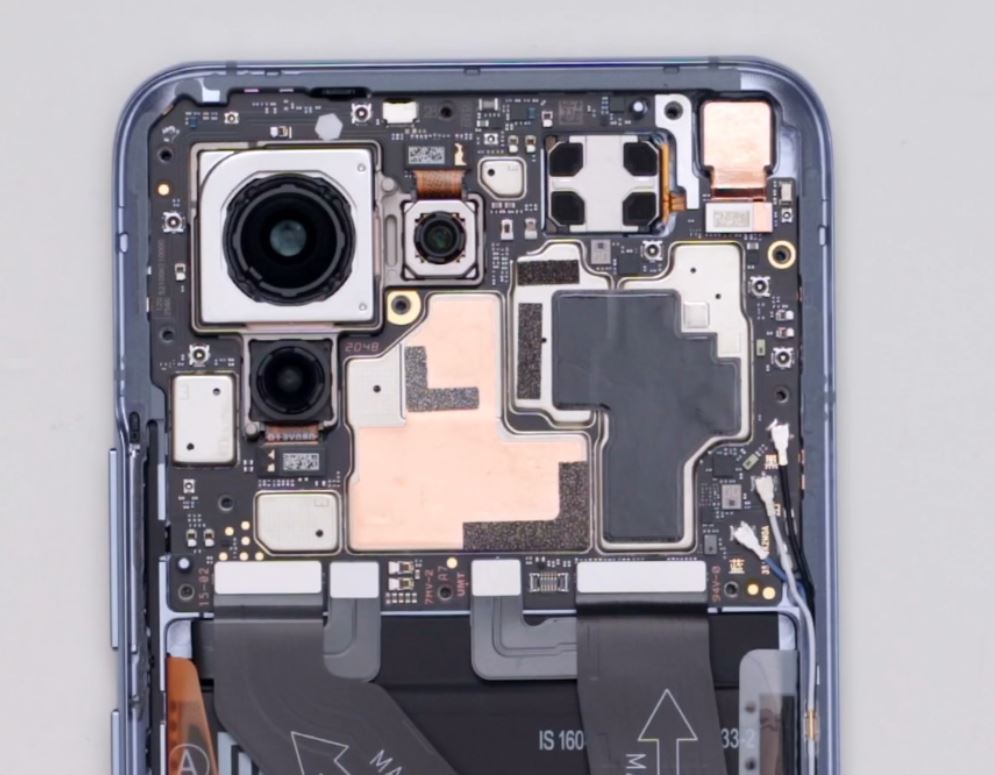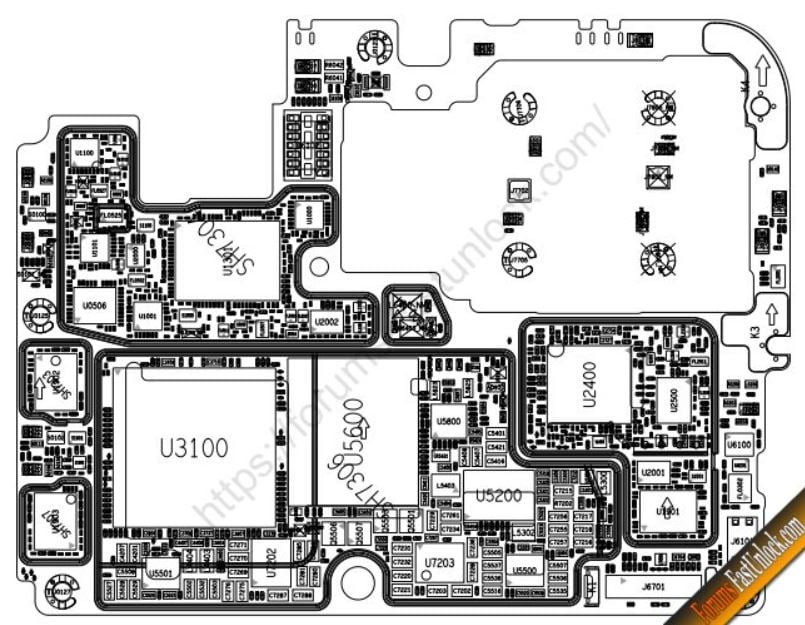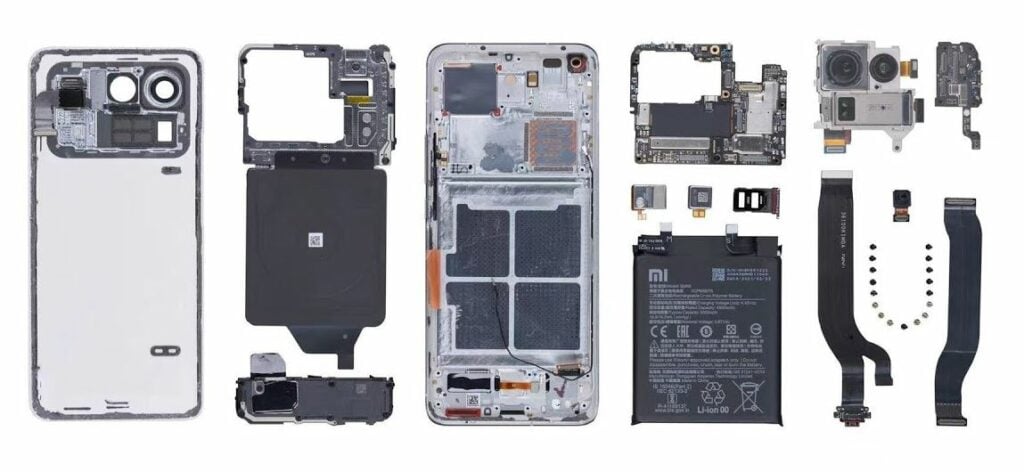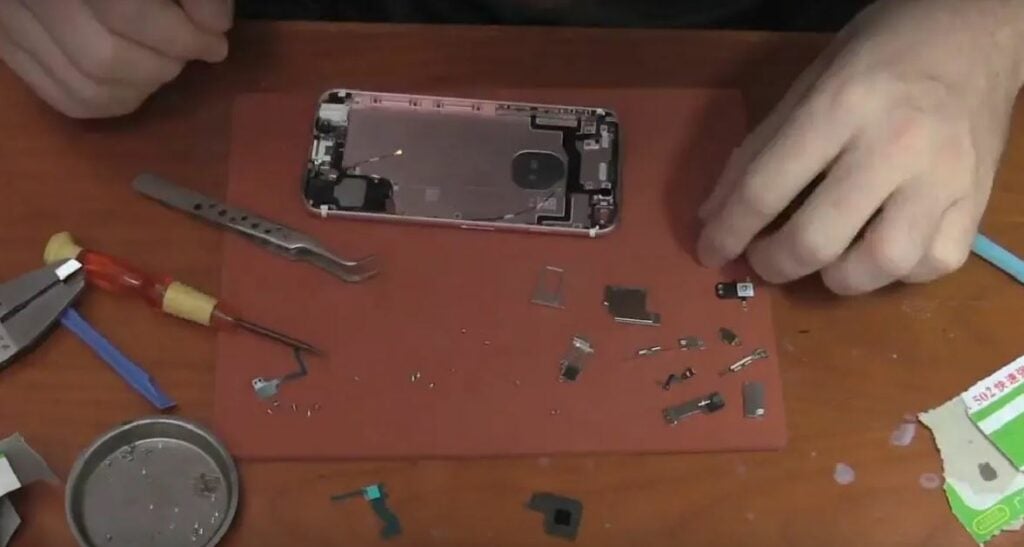Thanks to technological advancements in this era, some of you might have thought about assembling a smartphone with the specifications you desire.
Conceptually, I’m sure you would like to combine components with the best price-to-performance ratio available in the market today. From the chipset, screen, connectivity, to battery capacity, you want to customize the smartphone to meet your expectations.
The question is, is DIY phone assembly really possible now? If it is, how do we go about assembling a phone? Or what if we want to upgrade the RAM of a phone because the offered capacity is too small?
In this casual article, I will invite you to imagine what it would be like if we could assemble a phone with the components we desire, instead of having to buy a new phone with a less friendly price tag.
Is DIY Phone Assembly Possible?
Technically, phone assembly is possible. However, there’s a catch: the assembly process is far from what you might imagine. The process of assembling a phone is different from assembling a computer, where you can freely combine components without strict compatibility requirements.
Some of you may have heard of Project Ara, once developed by Google, but it eventually stalled for reasons unknown. The concept of a modular smartphone could have been the answer for hobbyists and enthusiasts who seek pure performance from their phones. It would have allowed for combinations of chipsets, memory, the number of SIM cards, headphone jacks, NFC, wireless charging, and more.
Without further ado, let me share some points explaining why assembling a phone is considered nearly impossible, at least for now.
Is Upgrading a Phone’s Chipset Possible?

One of the reasons we might be interested in DIY phone assembly is to enhance the capabilities of our phones so they can accompany us for several years without the need to purchase a new, potentially expensive device. We may hope for at least a 50% improvement in performance compared to what we currently have.
If you’re accustomed to assembling PCs, you might think it’s possible. Unfortunately, it is a hundred percent impossible to do so. Chipsets, memory, and storage are designed to be integrated and cannot be easily separated or replaced.
If we could upgrade our beloved phones, it would make it easier to adapt them to our needs, right? But hey, money talks, and that’s why upgrading a smartphone is currently impossible.
Even if someone were brave enough to sell do-it-yourself components, allowing us to customize the phone, what would happen to the current smartphone manufacturers? You can probably understand the implications, right?
What About Upgrading a Phone’s RAM?

If you think it’s possible to upgrade the RAM of a phone, such as upgrading the Qualcomm Snapdragon 860 chipset from 4GB to 16GB, it’s almost impossible to do so because the memory or RAM capacity is predetermined by the type of smartphone we purchase. Yes, the chipset and memory are intentionally integrated.
Virtual memory is not the answer either; it’s simply a gimmick to attract the layperson. Virtual memory doesn’t work the same way as physical RAM because it utilizes internal storage with different speeds.
As we explained earlier, upgrading a phone’s RAM is considered impossible. Even if it were possible, there would be a high risk of damaging the phone itself.
Perhaps some of you skilled enthusiasts can increase the memory capacity of a phone as you please? Feel free to add your comments or provide input so that readers understand the potential risks they may face.
Can Only Assemble a Phone with Existing Components

Given the aforementioned facts, the only feasible way to assemble a phone, if you’re truly interested, is by utilizing existing components and combining them into a cohesive unit.
First, you would need to find a machine or PCB that consists of the chipset, memory, and internal components. The price is relatively affordable, but the authenticity cannot be guaranteed. Then, you can search for the screen, frame, battery, and other required components. Don’t forget to have the necessary tools as well.
Once you have gathered all the components, you can begin the assembly process. I won’t go into detail in this article, as you can find references and tutorials on platforms like YouTube.
In essence, assembling a phone is not as straightforward as you might imagine. You cannot simply combine an “A” chipset with 16GB of RAM, a 6.6″ 165Hz display, and a 6,000mAh battery because it is practically impossible to achieve. Whether you like it or not, you have to buy a phone that suits your needs, such as a gaming phone.
So, Is DIY Phone Assembly Impossible?

Considering the factors mentioned above (excluding assembling a phone from freely available components), DIY phone assembly is not entirely impossible. Projects like Project Ara, which was once teased by Google but ultimately failed, suggest the potential. If Project Ara had succeeded, it could have pushed other smartphone manufacturers to be more creative and truly innovative by introducing new components rather than just rebranding or using outdated ones.
This is especially true for memory optimization in Android-based smartphones. For example, phones with 8GB of RAM often allocate around 3GB to the operating system, leaving only 5GB for user applications.
Although 5GB may seem sufficient, there are times when we need larger RAM capacity to facilitate multitasking. However, as we have discussed, the reality is far from ideal. In conclusion, assembling a phone as you might envision is still beyond reach.

![[OPINION] Can DIY Phone Assembly Be Done Nowadays? [OPINION] Can DIY Phone Assembly Be Done Nowadays?](https://droidofficial.com/wp-content/uploads/2023/07/Project-Ara-Besutan-Google-1024x642-1.webp)